Zen master: Carlo Scarpa and Japan's guiding influence
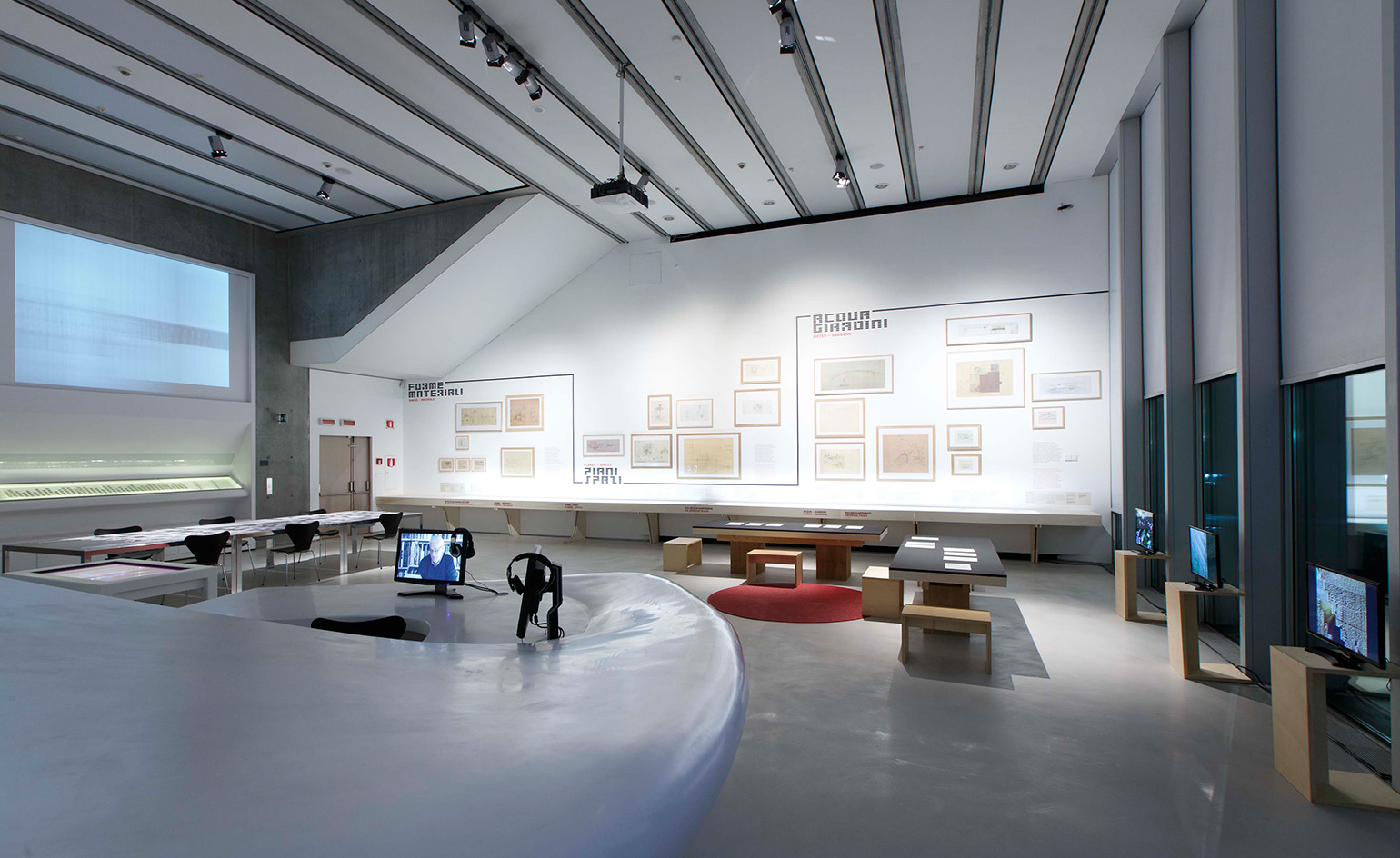
In 1978, Carlo Scarpa was visiting Sendai, in the north of Japan. It was only the Venetian architect’s second visit to the country, and it would be his last. Though the reason for his trip is unknown, his tragic death – after falling down a flight of stairs – has been widely recorded, perhaps because of the emphatic connection that it would make between Scarpa and Japan.
There are very clear Japanese influences in Scarpa’s most iconic achievements: features such as the interlocking circles (representing male/female union) at the Brion Cemetery, Veneto – where Scarpa is buried – the latticed Shoji-esque doors of the Castelvecchio Museum; the stark minimalism in his Olivetti showroom; the profound sensitivity to details to create harmony with the seasons. Scarpa established himself using old techniques and looking at ancient craft, by renewing tradition with modern innovation – qualities at the core of architectural thinking in post-war Japan.
Yet the influence of not only Japanese architecture, but of its culture, design and even Zen spiritualism in Scarpa’s work in Italy has been investigated very little (a 1996 documentary on the architect and designer, for example, makes no mention of Japan). Scarpa first visited Japan in 1969, yet for years before that was exposed to Japonism – the western fetishisation of Japanese culture and aesthetics – in the work of artists and architects he admired such as Gustav Klimt and Frank Lloyd Wright.
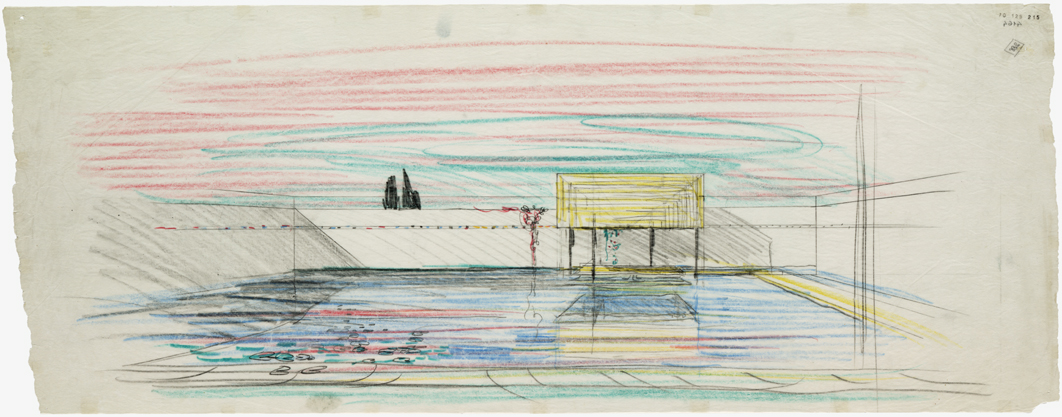
Original drawing of the water pavilion at Brion Tomb, San Vito d'Altivole, by Carlo Scarpa, 1969–1978
As part of the MAXXI Foundation’s exhibition 'The Japanese House. Architecture & Life after 1945' in Rome, the impact of Japan on his practice will be brought to light via Scarpa’s own personal documents, photographs and library, including the Japan Design House magazines he collected for a decade, as well as books on Japan by Fosco Maraini and Mario Gromo, used as travel guides and filled with Scarpa’s own reflections.
In an interview only a month before his final journey to the country in 1978, Scarpa said, 'Yes, I am very much influenced by Japan, and not just because I visited it, but because even before I went there, I admired their essentiality and above all their supreme good taste. What we call good taste is present everywhere in Japan.'
This rare exploration of Scarpa and Japan considers new ways for understanding one of the greatest architects of the 20th century and his legacy, and more widely, gives new insights into the history of significant cultural exchange between East and West in the last century.
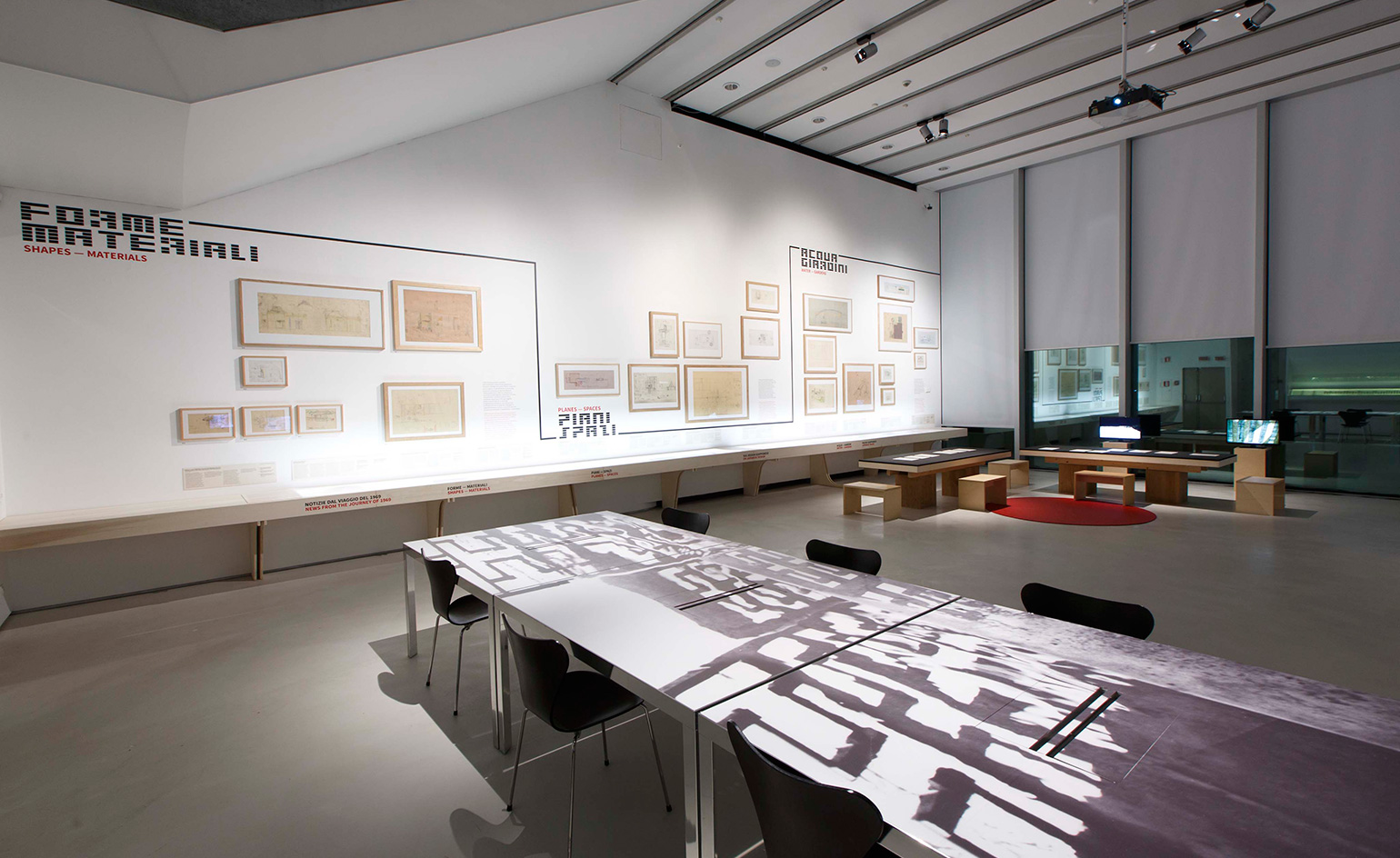
This rare exploration of Scarpa and Japan considers new ways for understanding one of the greatest architects of the 20th century
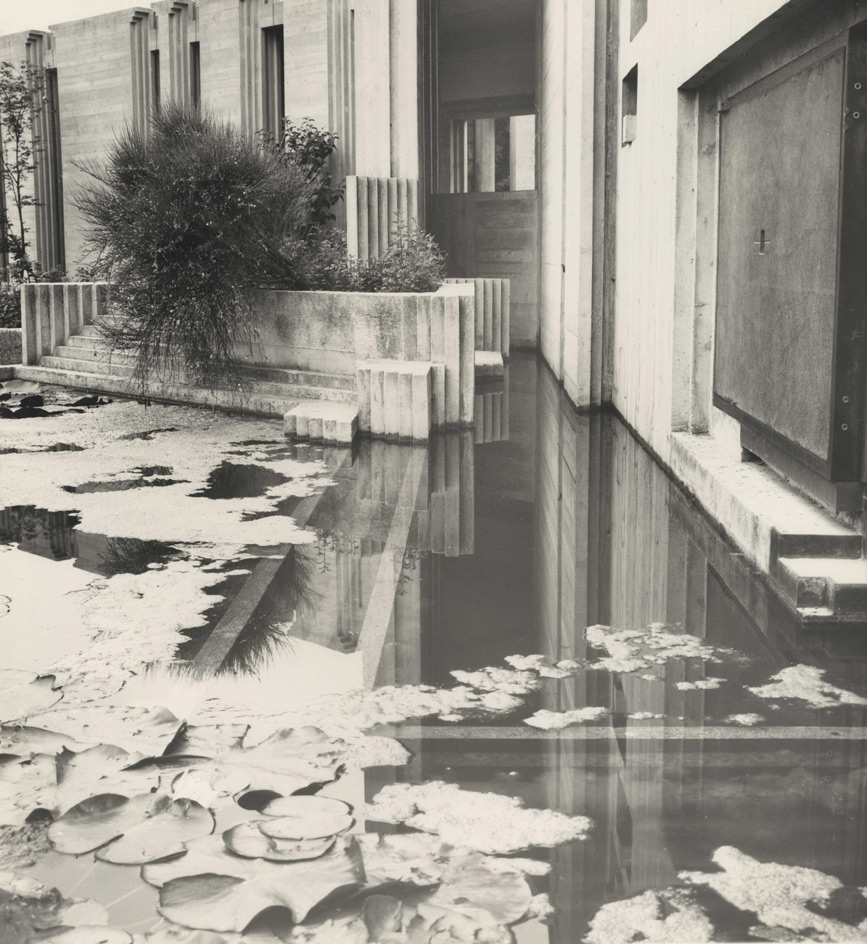
The Brion Tomb, constructed between 1969–1978, is one of Scarpa's most elaborate creations.
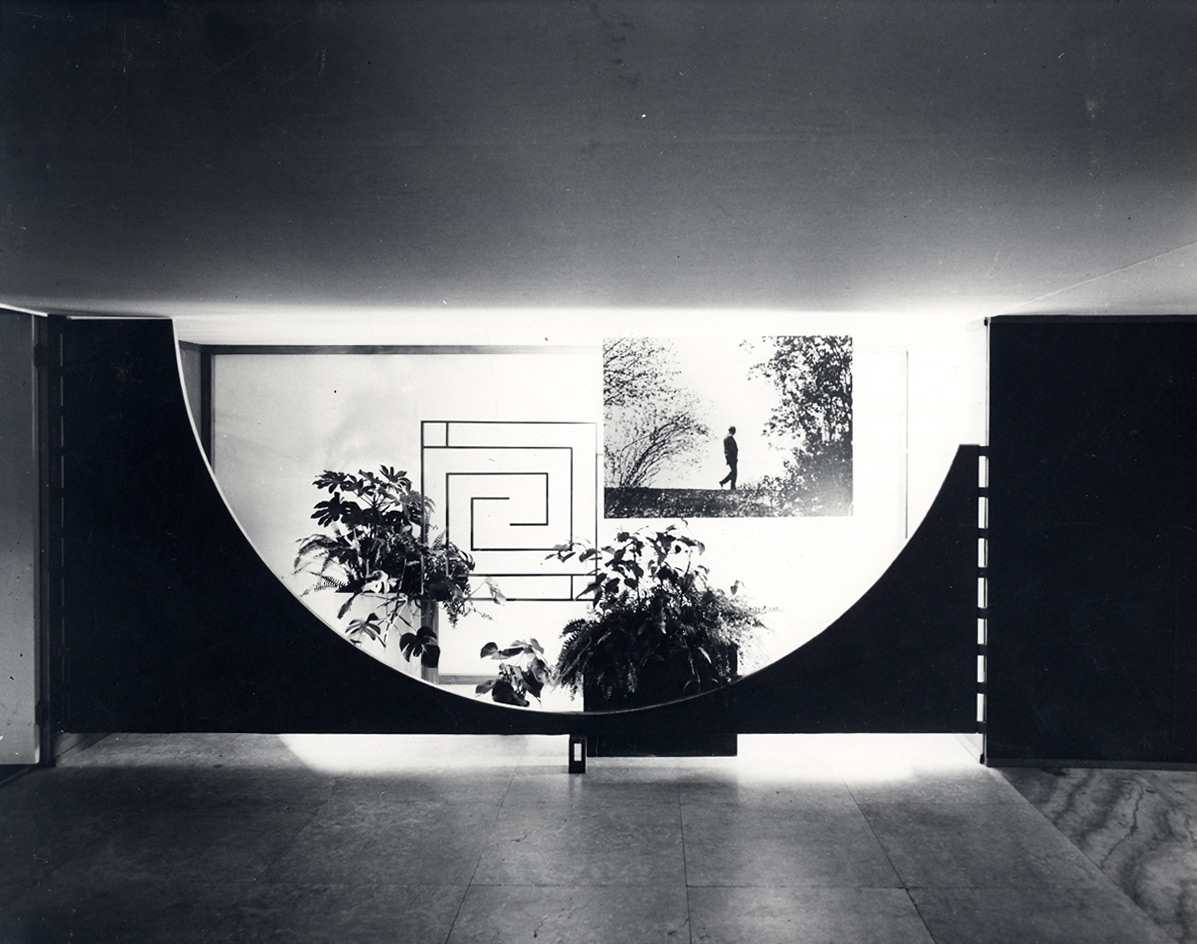
Scarpa conceived the exhibition design for the Frank Lloyd Wright show (entrance pictured) at the MAXXI Foundation in 1960
INFORMATION
'Carlo Scarpa and Japan' is on view until 26 February 2017. For more information, visit the MAXXI Foundation website
ADDRESS
MAXXI Foundation
Via Guido Reni, 4/A
00196 Rome
Wallpaper* Newsletter
Receive our daily digest of inspiration, escapism and design stories from around the world direct to your inbox.
Charlotte Jansen is a journalist and the author of two books on photography, Girl on Girl (2017) and Photography Now (2021). She is commissioning editor at Elephant magazine and has written on contemporary art and culture for The Guardian, the Financial Times, ELLE, the British Journal of Photography, Frieze and Artsy. Jansen is also presenter of Dior Talks podcast series, The Female Gaze.
-
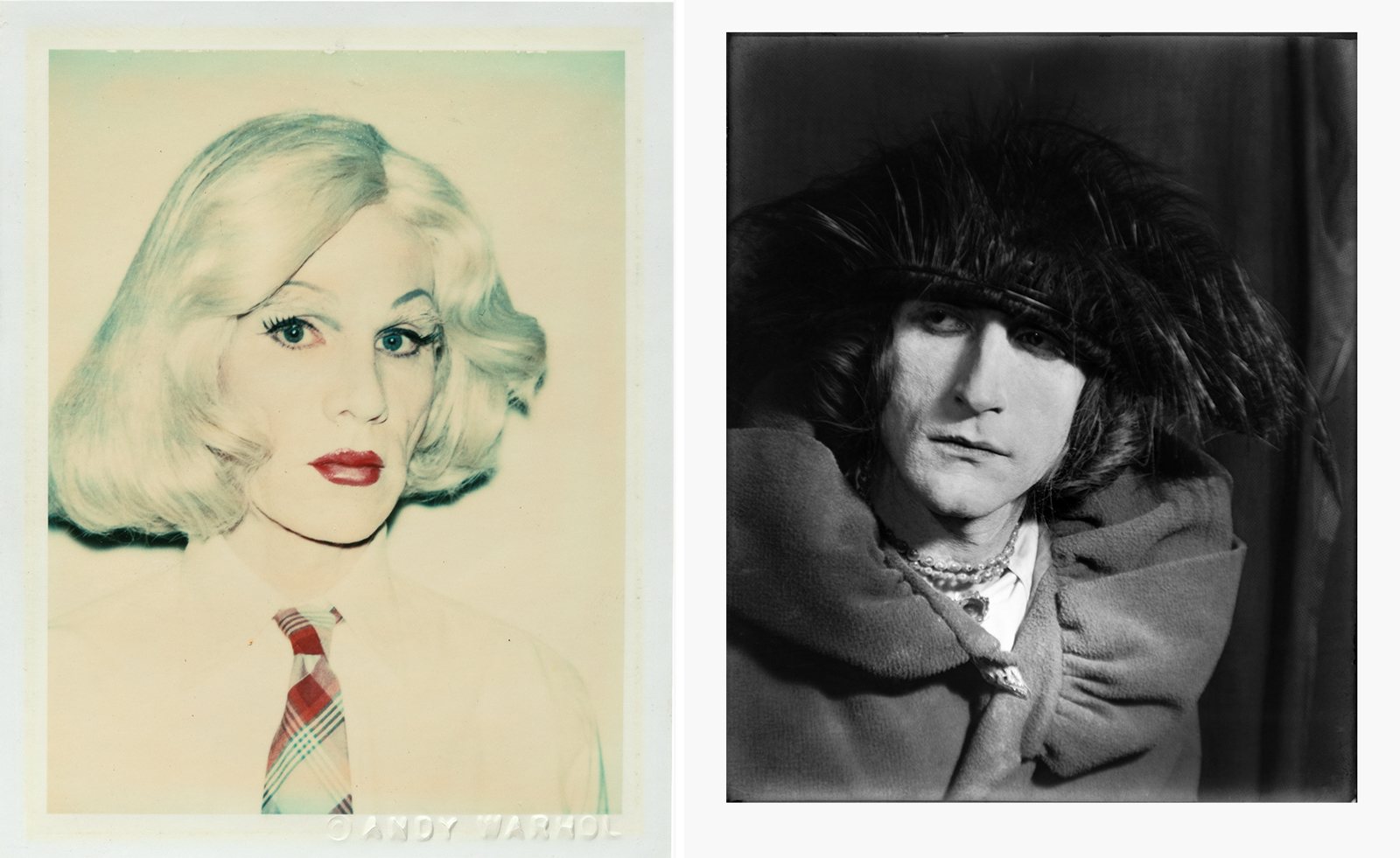 From Rembrandt to Warhol, a Paris exhibition asks: what do artists wear?
From Rembrandt to Warhol, a Paris exhibition asks: what do artists wear?‘The Art of Dressing – Dressing like an Artist’ at Musée du Louvre-Lens inspects the sartorial choices of artists
By Upasana Das
-
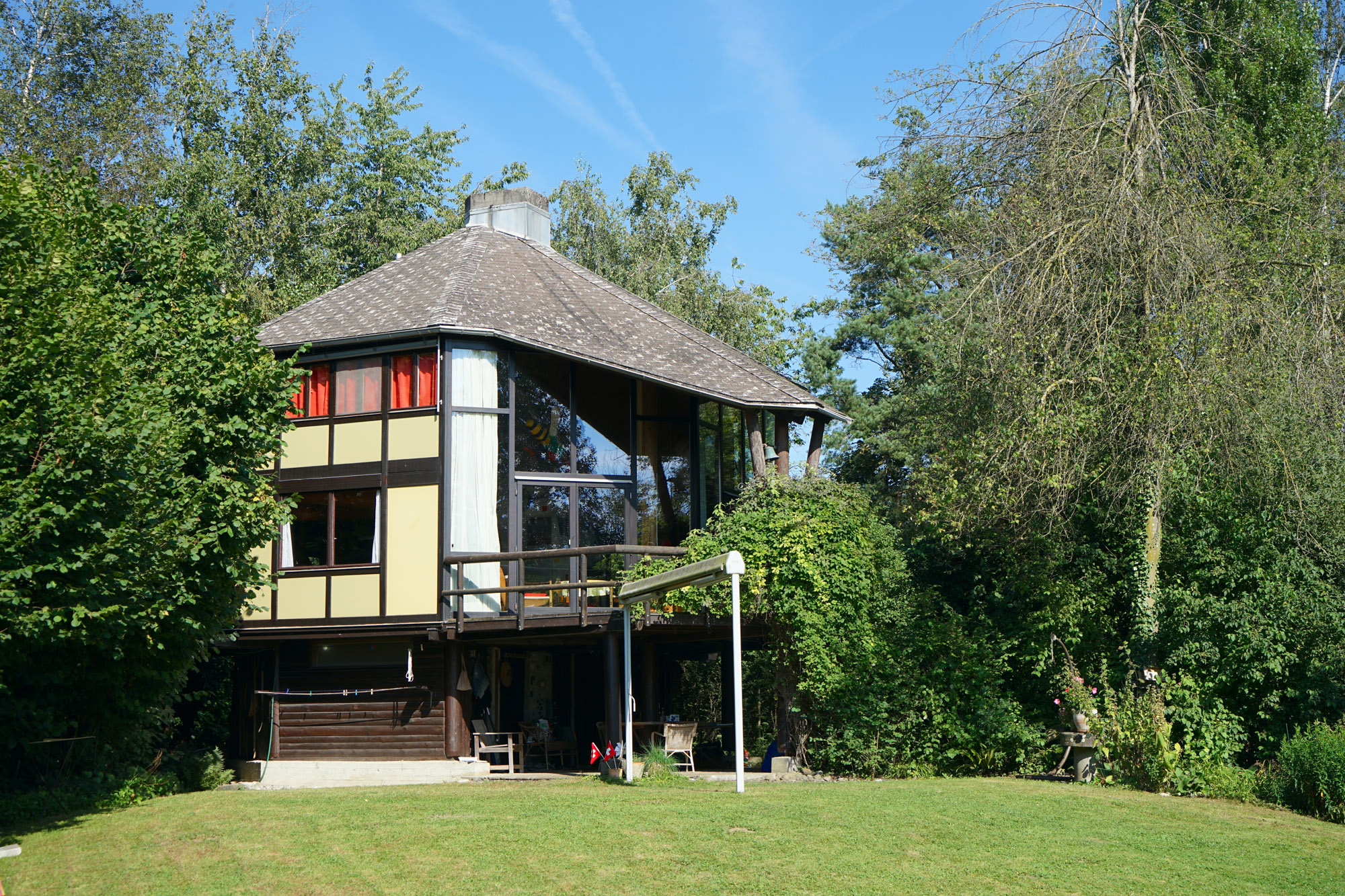 Meet Lisbeth Sachs, the lesser known Swiss modernist architect
Meet Lisbeth Sachs, the lesser known Swiss modernist architectPioneering Lisbeth Sachs is the Swiss architect behind the inspiration for creative collective Annexe’s reimagining of the Swiss pavilion for the Venice Architecture Biennale 2025
By Adam Štěch
-
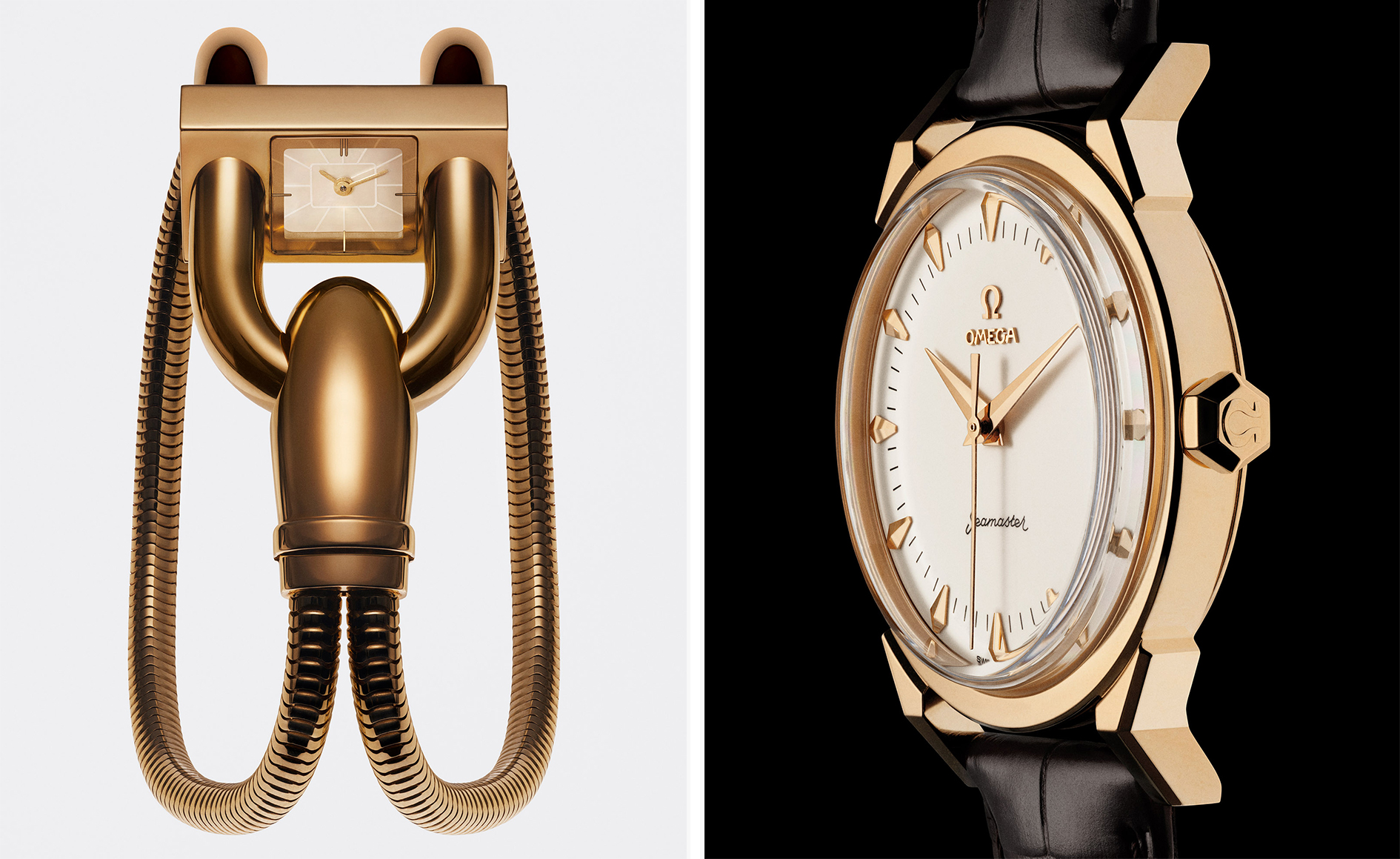 A stripped-back elegance defines these timeless watch designs
A stripped-back elegance defines these timeless watch designsWatches from Cartier, Van Cleef & Arpels, Rolex and more speak to universal design codes
By Hannah Silver
-
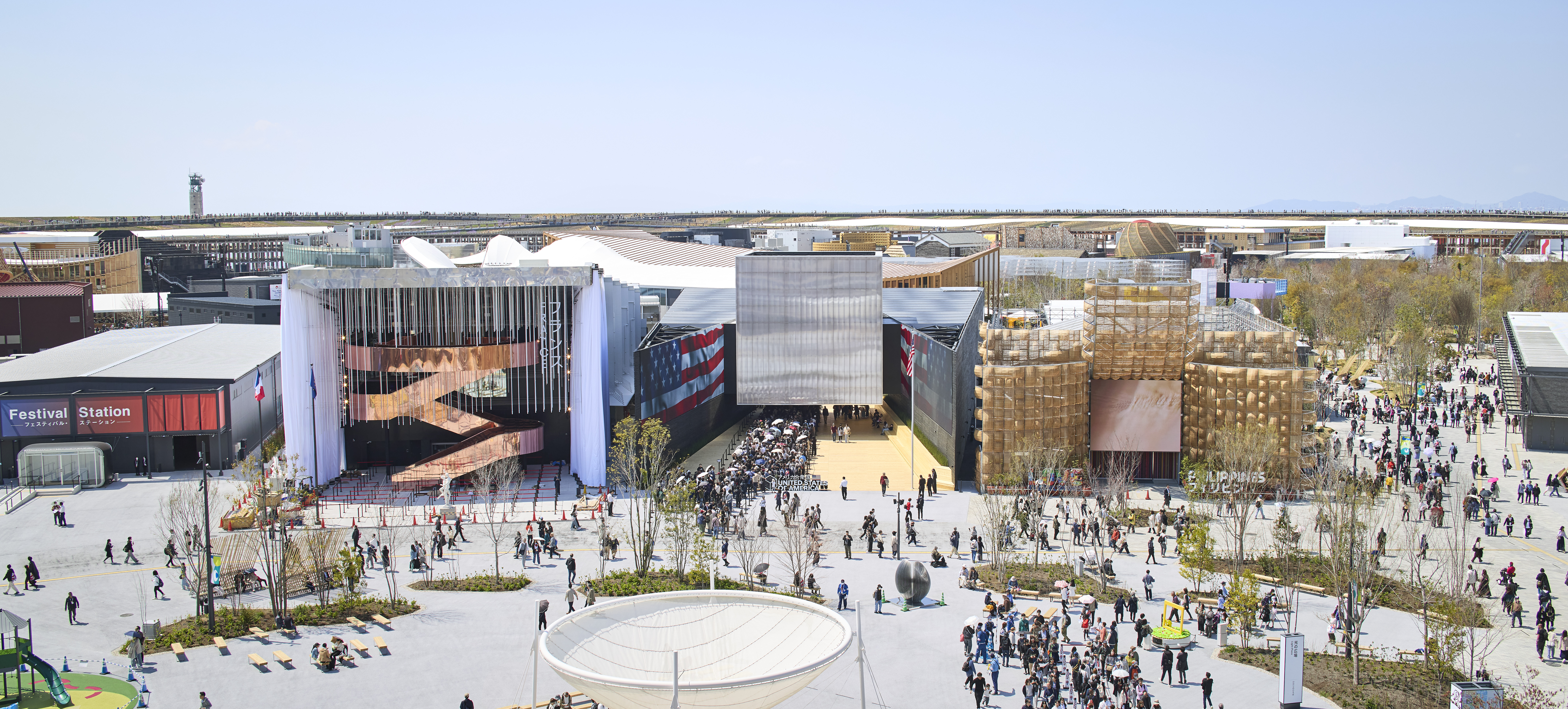 Giant rings! Timber futurism! It’s the Osaka Expo 2025
Giant rings! Timber futurism! It’s the Osaka Expo 2025The Osaka Expo 2025 opens its microcosm of experimental architecture, futuristic innovations and optimistic spirit; welcome to our pick of the global event’s design trends and highlights
By Danielle Demetriou
-
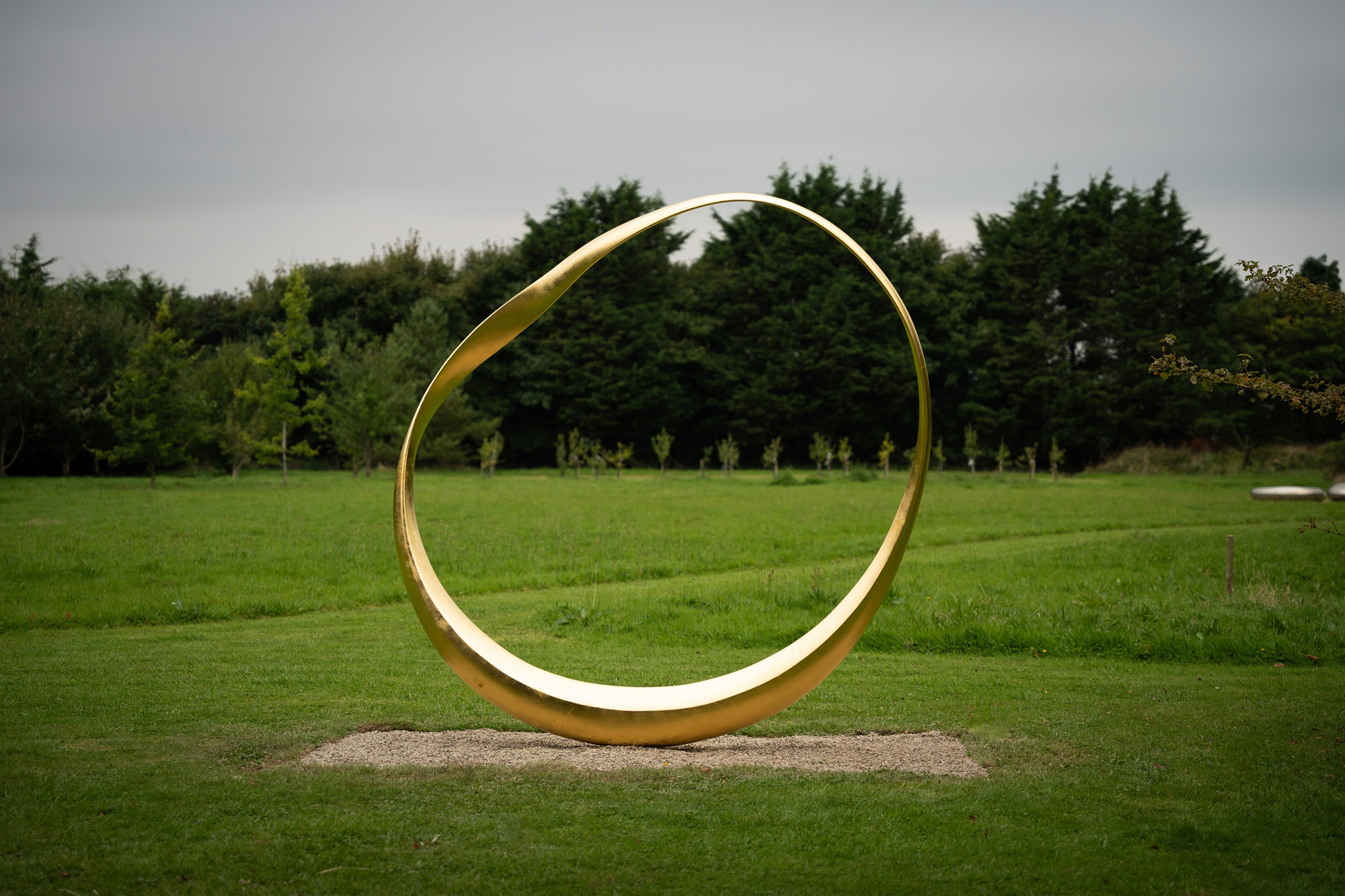 2025 Expo Osaka: Ireland is having a moment in Japan
2025 Expo Osaka: Ireland is having a moment in JapanAt 2025 Expo Osaka, a new sculpture for the Irish pavilion brings together two nations for a harmonious dialogue between place and time, material and form
By Danielle Demetriou
-
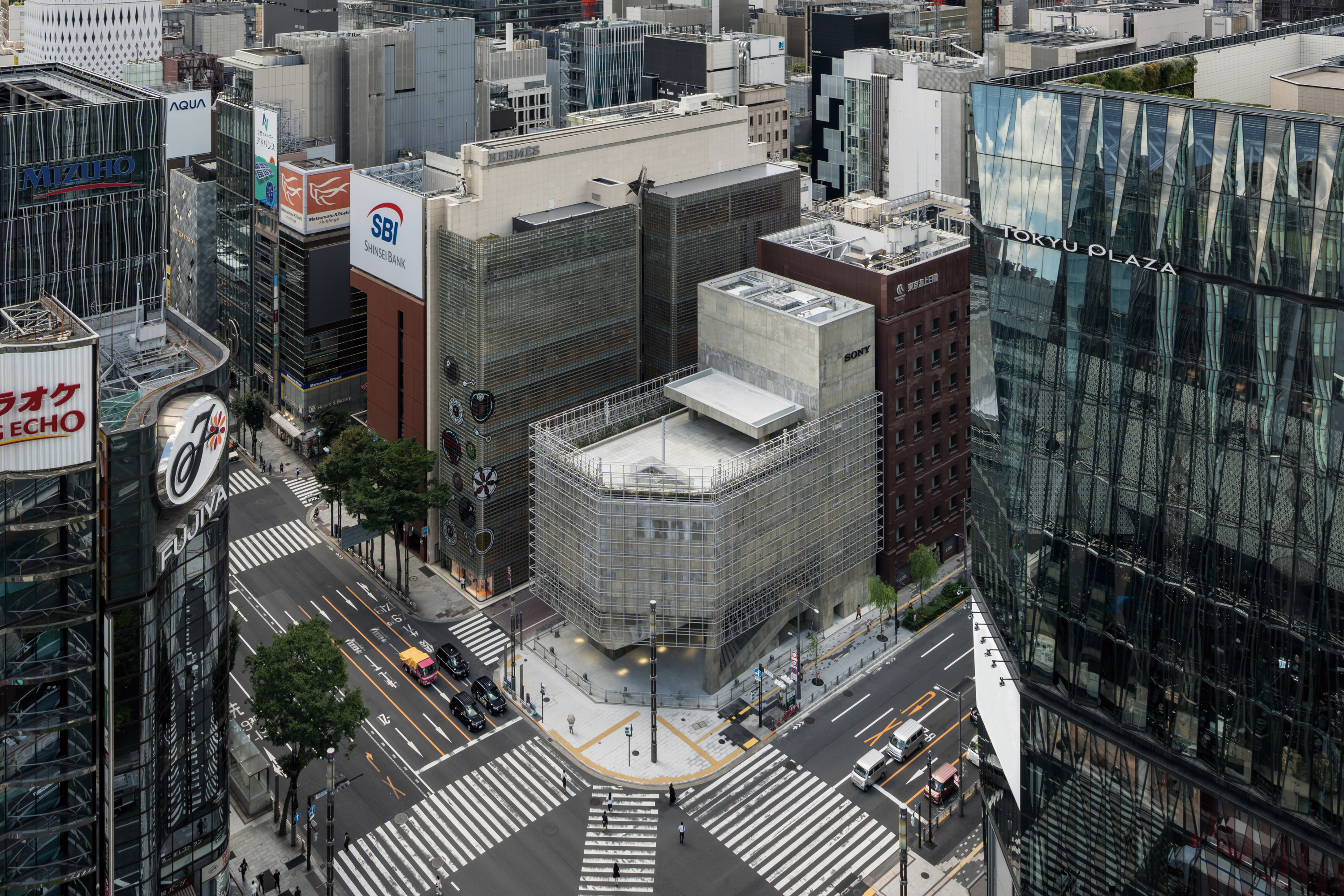 Tour the brutalist Ginza Sony Park, Tokyo's newest urban hub
Tour the brutalist Ginza Sony Park, Tokyo's newest urban hubGinza Sony Park opens in all its brutalist glory, the tech giant’s new building that is designed to embrace the public, offering exhibitions and freely accessible space
By Jens H Jensen
-
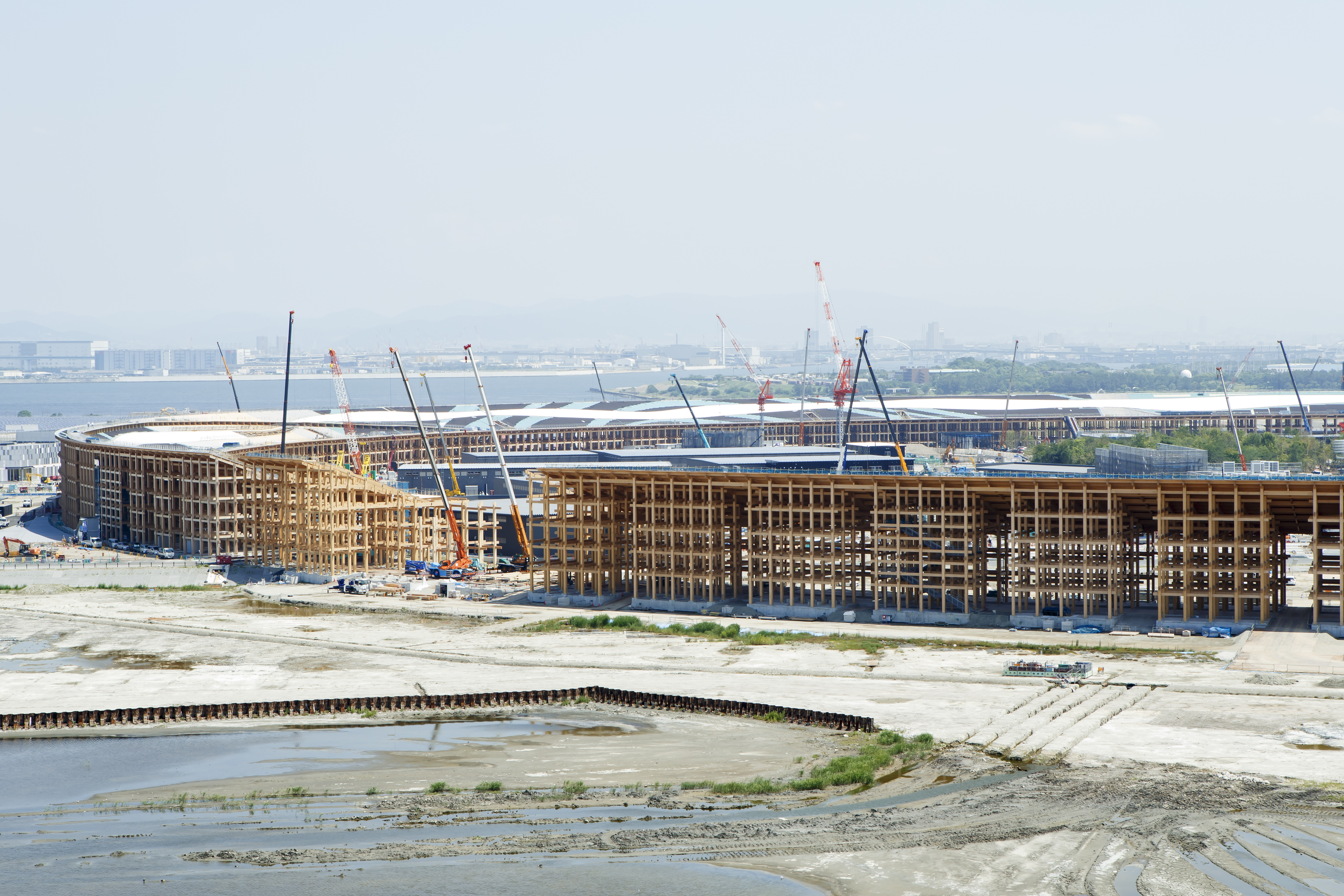 A first look at Expo 2025 Osaka's experimental architecture
A first look at Expo 2025 Osaka's experimental architectureExpo 2025 Osaka prepares to throw open its doors in April; we preview the world festival, its developments and highlights
By Danielle Demetriou
-
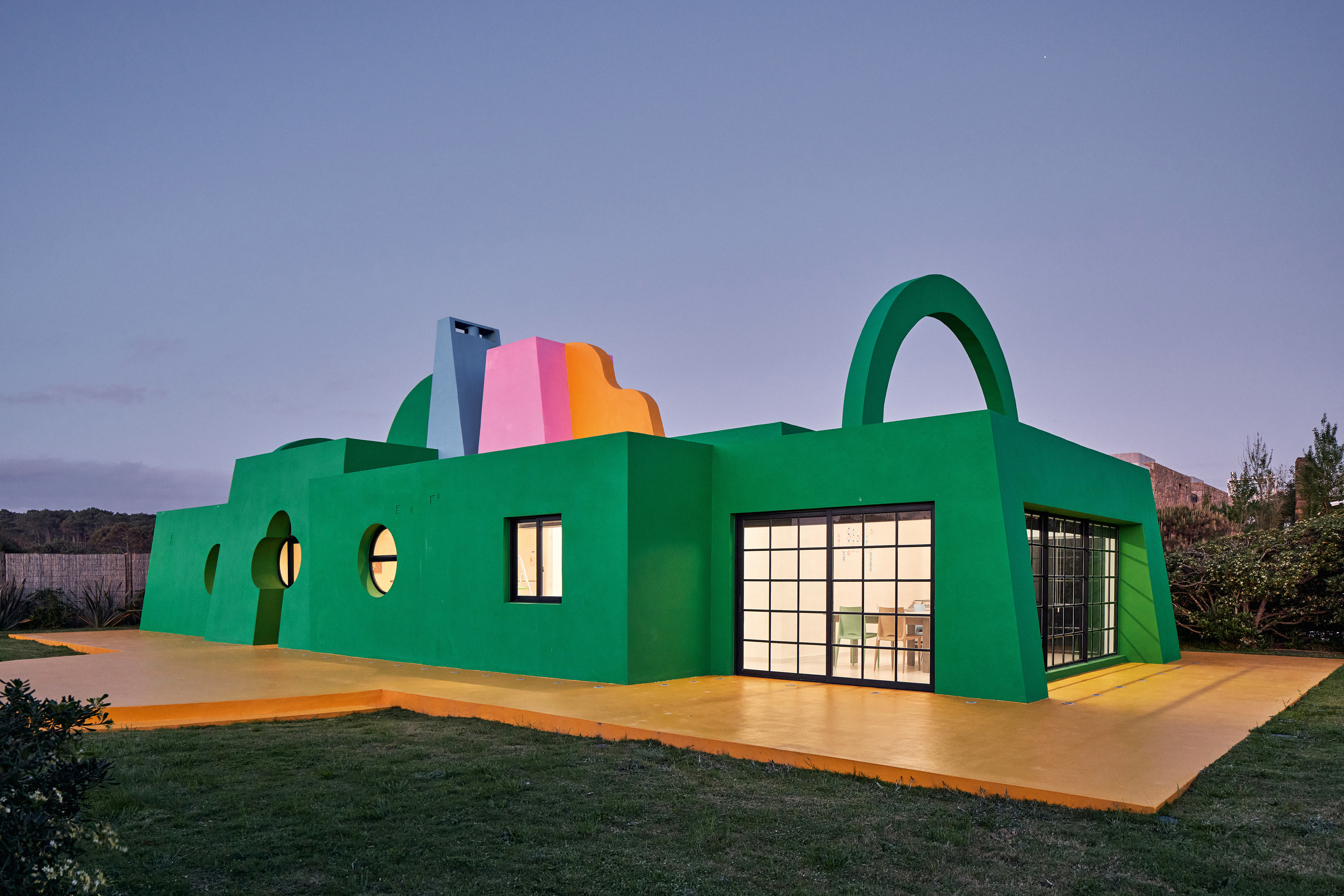 Ten contemporary homes that are pushing the boundaries of architecture
Ten contemporary homes that are pushing the boundaries of architectureA new book detailing 59 visually intriguing and technologically impressive contemporary houses shines a light on how architecture is evolving
By Anna Solomon
-
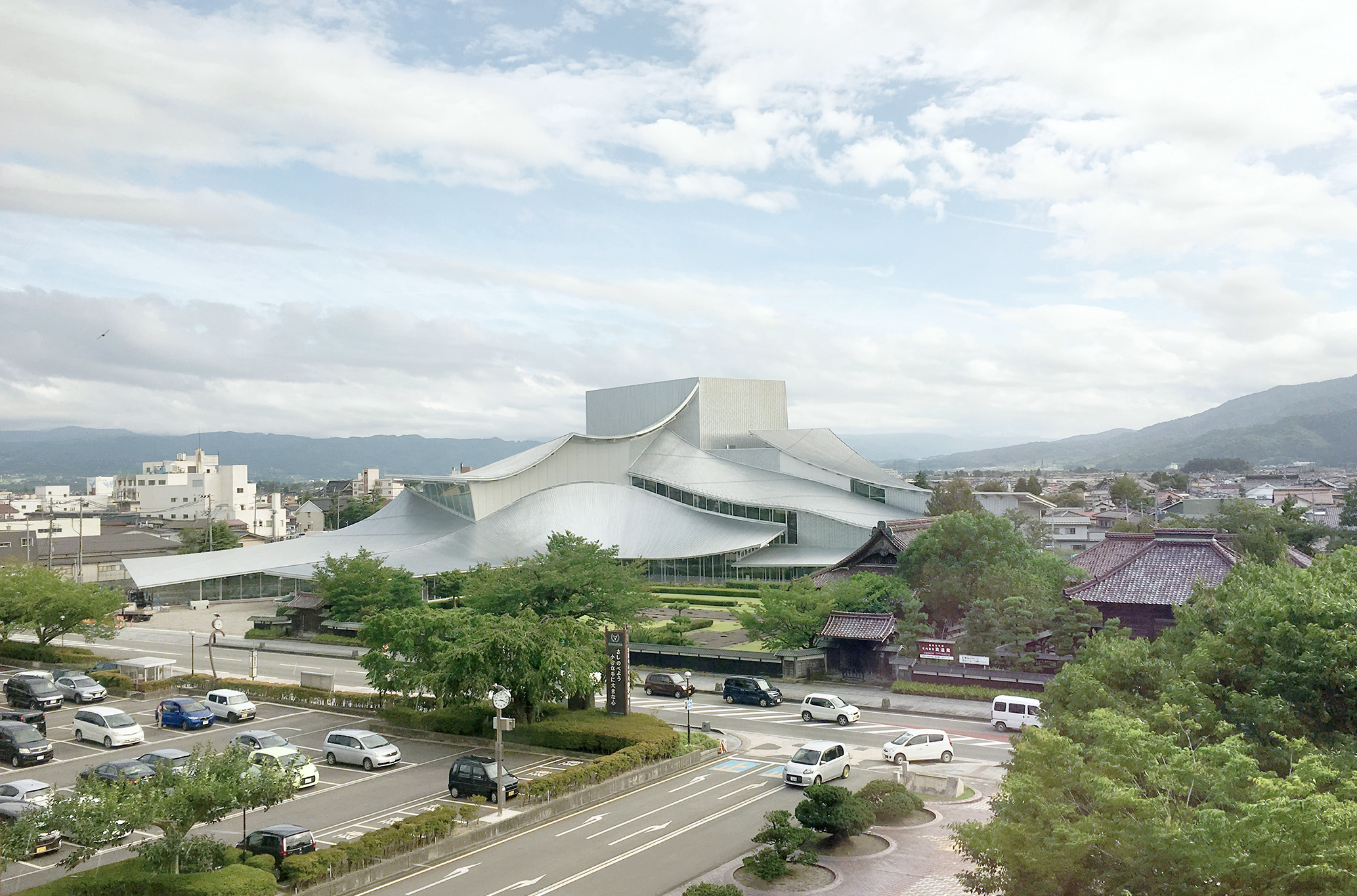 And the RIBA Royal Gold Medal 2025 goes to... SANAA!
And the RIBA Royal Gold Medal 2025 goes to... SANAA!The RIBA Royal Gold Medal 2025 winner is announced – Japanese studio SANAA scoops the prestigious architecture industry accolade
By Ellie Stathaki
-
 Architect Sou Fujimoto explains how the ‘idea of the forest’ is central to everything
Architect Sou Fujimoto explains how the ‘idea of the forest’ is central to everythingSou Fujimoto has been masterminding the upcoming Expo 2025 Osaka for the past five years, as the site’s design producer. To mark the 2025 Wallpaper* Design Awards, the Japanese architect talks to us about 2024, the year ahead, and materiality, nature, diversity and technological advances
By Sou Fujimoto
-
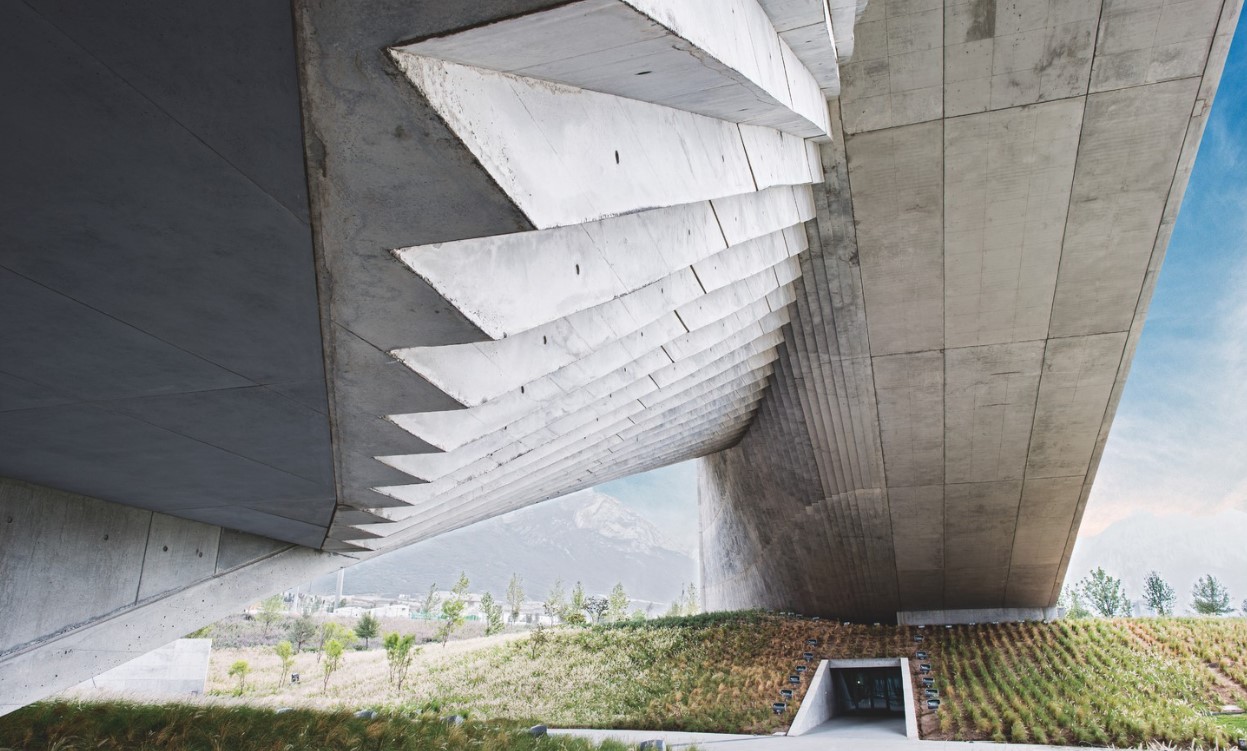 Tadao Ando: the self-taught contemporary architecture master who 'converts feelings into physical form’
Tadao Ando: the self-taught contemporary architecture master who 'converts feelings into physical form’Tadao Ando is a self-taught architect who rose to become one of contemporary architecture's biggest stars. Here, we explore the Japanese master's origins, journey and finest works
By Edwin Heathcote